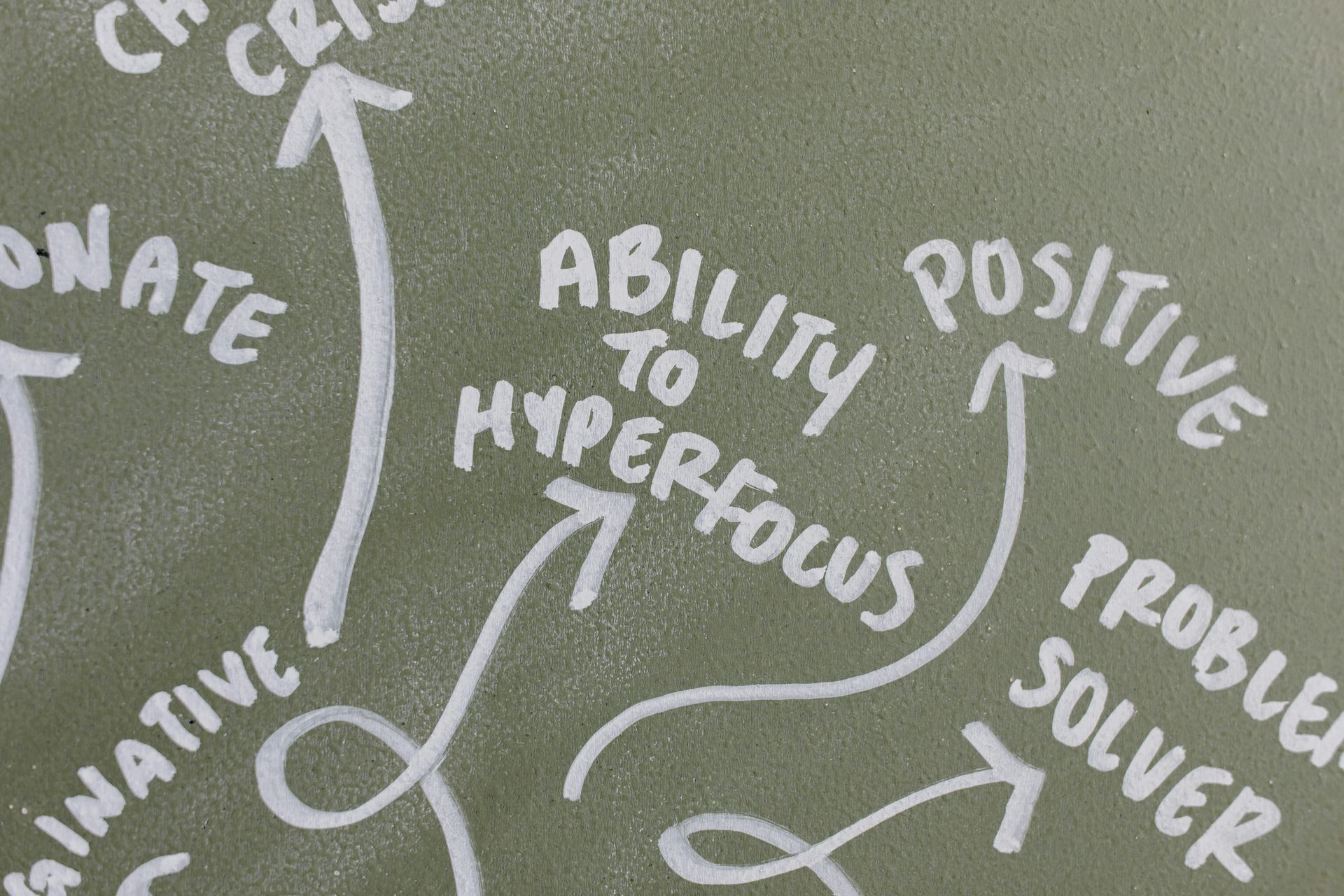How to Build Winning Organizations
Success velocity of your organization is dependent on the energy mix and how you deliver it. This blog discusses the steering of organizational behavior and its impact on competitive advantage.
Beware of best practices
The "cultural pot" and circumstances of each organization are unique. Scholars have long recognized that "best market practice" is a disservice to management science. Best practice can be addictive because it's easy to follow. However, blindly following best practice formulas can dumb down organizations and increase reaction time when things go wrong.
Despite the widespread dissemination of the systems thinking concept, it hasn’t infected the management community as a whole. The reason is that everyone is too busy following "best practice," which creates a sense of relief by limiting options. True "systems thinking" is about expanding choices to solve a problem.
Beware of copying approaches to OKRs, agile rituals, or even commonly accepted operational HR patterns for employee performance reviews and feedback loops.
How to turn the odds in your favor
Fixing the wrong problem results in high opportunity costs and longer term impact to competitive advantage. In the information age, any organization should be presumed as operating within a continuous cycle of reinvention. Perpetual cash cows being a thing of the past, any successful race (to an IPO, or a major product milestone) is a complex journey that will require continuous organizational evolution.
Odds for success increase dramatically if one is capable of identifying and acknowledging the right problem that requires fixing, and is not constrained to use a single strategy. “Any one strategy is more likely to lose than win, but by alternating effectively between strategies (even losing ones), you can swing the odds in your favor” - David Stark,
How to turn the odds in your favor when you are playing a losing game.
The trick lies in the ability to generate several alternative strategies and work with them in a non-destructive way (procedurally and culturally).
Environment where optionality exists
Managing culture is like cooking - you must stir and taste without bias. Mixing too fast may prevent some of the natural gelation processes from completing. Stirring too slow may cause important ingredients to burn to the bottom.
Legacy systems
Management determines how much stirring occurs in an organization. A manager with an industrialized view of the world, is like a carburetor in a car. The carburetor determines how much oxygen is let through into the system. As such, organizations that follow the legacy model of organizational behavior are defined by the network of carburetors.
The optionality for change in command-and-control systems is inherently limited (even if each manager is a brilliant individual). If the organization needs to go faster, a carburetor in the hierarchy is forced to “throw resources” at the problem. This does not change the nature of the problem. Even if a project makes it across the line, the sunk waste and number of kittens drowned in the process is sometimes unconscionable.
Whilst managers demand worst-to-best execution options from subordinates, the system is inherently incapable of generating the right set of options because people, naturally, create safety umbrellas. The resulting componentized operating model offers fewer options.
New age management systems
Stirring of culture and strategy options in new age organizations is way more multi-directional and open to challenge. While there still are people wearing management hats, true leaders drive their teams to constantly move to the next interesting problem, as opposed to being stuck in “more of the same”. In this context, great managers are defined by the ability to manage themselves out and do the same for the best talent in the organization.
Multiple strategy options exist naturally and are being tested continuously, even before the next challenge comes around. This is because the motivation is not just to achieve the next big milestone, but to create rails for a series of opportunities.
The environment where optionality is healthy is undeniably defined by the collegial organizational behavior model - learn more
here.
How to generate healthy optionality
What you need is the systematic ability to generate execution options that can be easily implemented at the grassroots level. This means that systems thinking must be built into the DNA of an organization.
Foster a winning team culture by putting employees in the driving seat of
radical transparency supported by
psychological safety. Organizations should embrace real-time feedback as a natural force for stirring and mixing perspectives, instead of relying on discreet surveys and stale operational HR patterns.
If a good leader can identify problems and make decisions, why do you really need radical transparency? The answer is quite simple: If you want to make the most of alternative strategies, you must engage a team. "90% of good ideas don't come from the executive suite" - Handling Complexity with Professor Richard Jolly, London Business School.
Any seasoned leader must remember "the first principle is that you must not fool yourself and you are the easiest person to fool" - Richard Feynman.
The rationale behind putting grassroots at the driving seat of generating options is rooted in the way we test reality. As Mark Twain is often credited to say: “It ain't what you don't know that gets you into trouble. It's what you know for sure that just ain't so.”
Only an unadulterated mix of perspectives can remove the tinted glasses of confirmation bias.
Growth mindset for organizations
It is important to acknowledge one’s limitations. Expecting too much from pseudo teams may be unrealistic. At the same time, this is just a stage. Becoming a real or even an exceptional team, is a journey through the maturity curve.
Winning organizations are built via critical self-reflection; it is a key mechanism for
retaining talent and creating alternative strategies.



